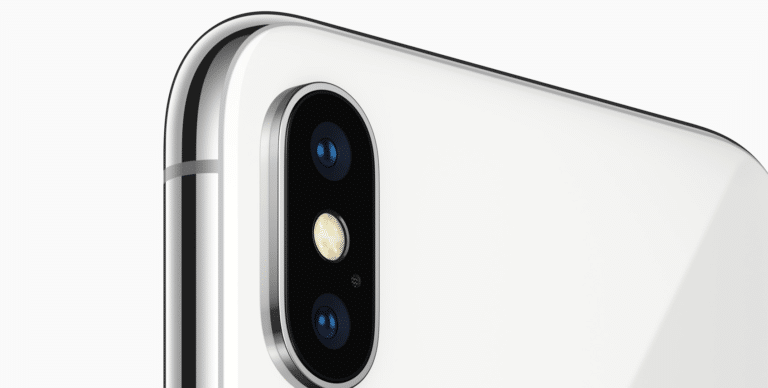
After telling people incessantly that AR is the future, and “just wait till September,” I sat in disbelief during today’s iPhone X unveiling as the shining glory of AR’s promise was… better selfie masks.
Among the iPhone X features trumpeted, AR was rather tepid. It’s loosely related to new “Animoji,” (yawn), and the phone’s optics are “attuned for AR” — almost the same comment made earlier for the iPhone 8. The Freeblade AR game demo was pretty slick, but not iPhoneX-specific.
After letting it all sink in, I realized this is an issue of platform strategy and scale… and it’s the right move. In other words, Apple didn’t play up AR as an iPhoneX differentiator for precisely the same reason ARKit scales: It’s meant to work with hundreds of millions of existing iPhones.
This raises an interesting challenge for Apple. It could make a bigger splash with new AR capability that’s unique to the iPhoneX. But that would fracture iPhone generations in terms of AR feature parity — and with it the developer ecosystem that has to build for several tiers.
And that approach would be very un-Apple. In fact, the lack of platform fragmentation is its biggest weapon against Android and ARCore in the coming mobile AR wars. Though Android has greater sheer size and global installed base, its characteristic fragmentation will saddle its compatibility.
As we wrote recently:
Though Apple has a near-term advantage in the installed base of ARkit-compatible iPhones (380 million), one hardware replacement cycle (2.5 years) will give all smartphones AR-compatible optics and processing. And the overall Android universe exceeds iOS, with 2 billion global units.
On the other hand, Apple is advantaged by a unified product line. There are fewer devices, most of which run current or fairly recent iOS versions. That compares to the Android world, fragmented into several phones that rarely run the latest OS. That could create some compatibility hiccups.
So it’s a tradeoff: A more AR-differentiated iPhoneX (good for headlines), or a greater common denominator across iPhone generations (good for business). Though the latter compromises optimal capability, Apple knows AR’s greater near-term success factors are scale and accessibility.
This will be a key strategy if we end up with a platform war between ARkit and ARCore. The tactics of any such competition — such as last decade’s mobile OS wars — involve gaining early market share in both installed base (more iPhone generations) and developer loyalty.
Apple also knows there will be time to elevate ARkit with more advanced optics, as iPhone X capability phases in to the overall iPhone installed base. And that dance will continue into the future in a sort of step function of AR hardware and software capability. It’s what Apple does.
As for dashed expectations for the shining AR glory we were hoping for today, I’ve come to the realization that such a moment already occured. It happened in the Spring when Apple announced ARkit. And we’ll see an extended inflection point with the coming months of ARkit apps.
Degree that iphone8/x elevates ARkit will be high, but not too high to exclude 380M in-market iPhones. #balance https://t.co/fNbERWU0aJ
— AR Insider (@ArInsider) September 12, 2017
For a deeper dive on AR & VR insights, see ARtillry’s new intelligence subscription, and sign up for the free ARtillry Weekly newsletter.
Disclosure: ARtillry has no financial stake in the companies mentioned in this post, nor received payment for its production. Disclosure and ethics policy can be seen here.
